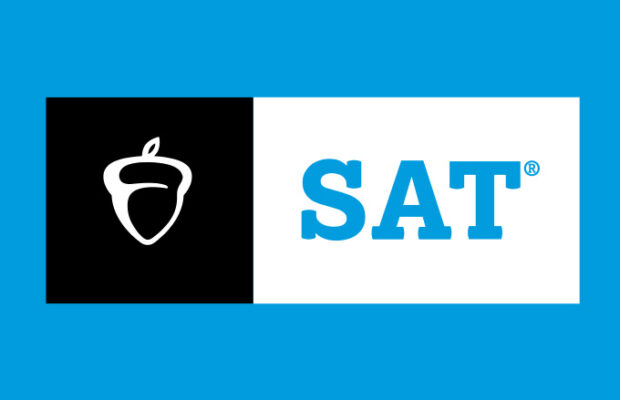Action Plans
Peet teachers using different activities to help students absorb daily lessons
Within the classroom, some teachers prefer to keep the students energy flowing by having them up out of their seats or interacting with other students. On the other hand, some teachers think it is better to have quiet work time in class to reduce stress and chaos that they experience outside of school. Two Peet Junior High teachers had very different thoughts on the issue.
Victor Ochoa, Peet Spanish teacher, said that to really get kids interested in learning is to get them up out of their seats and moving. “I believe most junior high students are ‘wired’ for active and engaged learning. It is important to tap into this energy they already have. As a teacher, I realize students spend a good portion of their day sitting down, and any break from that routine is usually well received. If students like something, they are more likely to want to do it,” Ochoa said.
Ochoa said that this naturally comes with teaching students another language because it makes it easier for them to remember rather than memorize. “Learning another language naturally allows for more active and ‘hands on’ activities. Activities like singing, games and partner interactions allow for active learning opportunities to take place in a fun and non-threatening way. By incorporating activities that require constant interaction, students are actively engaged in their learning,” Ochoa said.

Ochoa said he doesn’t think that just writing down notes is the best way to get a subject into a student’s head. It requires practice and more hands on learning to fully understand a concept. “I am not convinced that a quiet classroom reflects ‘better’ learning. I believe an active and engaged classroom reflects ‘better’ learning. I think learning happens at a deeper level when students are participating in activities that are challenging and engaging them in their learning,” Ochoa said.
One student who really enjoys getting up out of her seat is freshman Natalie Huffman. “I really like Mr. Ochoa’s style of teaching because it’s a lot different from a lot of the teachers here at Peet. It’s a very hands on class, which I really enjoy, and I personally feel like it helps lots of other people understand and kind of grab onto his lessons, if that makes sense, but it also depends on the type of learner you are (visual, hands on, etc),” Huffman said. She also said that this style of teaching makes her look forward to class. “Kind of going off what I just said, I feel as if students don’t dread going to his classroom. Since it is so interactive and hands on, people really enjoy the fact that you get more freedom during his lessons,” Huffman said. Huffman also said that she prefers this kind of teaching outside of Ochoa’s class. “Honestly any type of hands on interaction I really enjoy. I feel as if I get more out of it compared to just sitting, listening and writing notes,” Huffman said.
On the other side of this, many students would say that they prefer to just sit down and relax during class time. Getting up out of their seat makes it harder for them to remember concepts, and it would be much easier just writing notes for further use and studying.
Sarah Cooper, Peet ELP teacher, often gives her students a two to three minute quiet time at the beginning of class. Some students put their heads down and close their eyes, while others lie on the floor and look at the ceiling. It just gives them a minute to turn their brains off.
“I think that many students are so busy. They never take time to stop, and it’s important to turn the brain off every once in awhile. Students are involved heavily in academic activities, school sports, club sports, church activities and other clubs. It gets tough to manage it all,” Cooper said.
Cooper said that not all students enjoy this time, but so many others do. “I think it does different things for different students. Some think it’s silly or uncomfortable, and that’s OK, but a few moments of calm helps students to relax. Adolescents in general are high energy. Energy is good if it’s in control. I’ve discovered that providing students a few minutes of calm (no computers, no work, etc.) helps them focus so the rest of the class is more productive,” Cooper said.

Freshmen Alydia Tyler and Sofia Muñoz said that they really enjoy “quiet time” and agreed that it helps them focus better. “I think it’s great to take a couple minutes to shut off your brain and have some peaceful time to not have to worry about anything school related, even if it is just for a couple minutes,” Tyler said.
“I enjoy quiet time because it gives me a time to have complete silence, and that doesn’t happen anywhere else,” Muñoz said. “Even at home, there is always something going on in the background, some kind of distraction. As someone who deals with anxiety issues, it is very helpful to have a time to be completely calm slow down from the stressful day.”
Although both girls love the quiet time, there is some disagreement about whether or not they would prefer to have this “quiet time” in other classes.
“I would like it for others to be able to enjoy this time,” Muñoz said, “but for me, it’s something about the ELP room that is special and really allows for a perfect, quiet, calm time that cannot be replicated.”
On the other side, Tyler said, “I think it would be a good thing to incorporate in classes because it helps calm students down.” She said her classmates agree. “It makes us more ready to learn and handle what the class is going to include.”









You must be logged in to post a comment Login